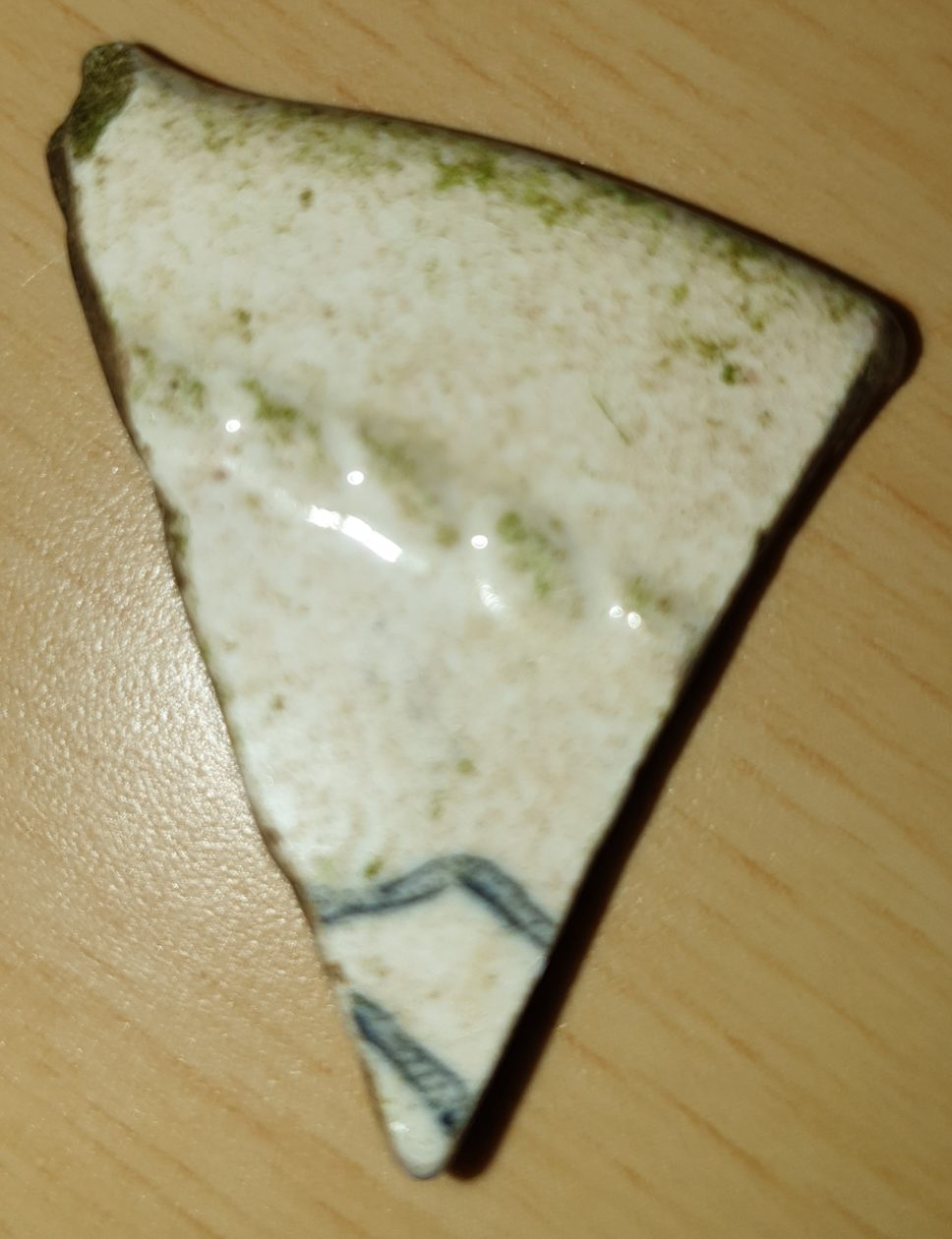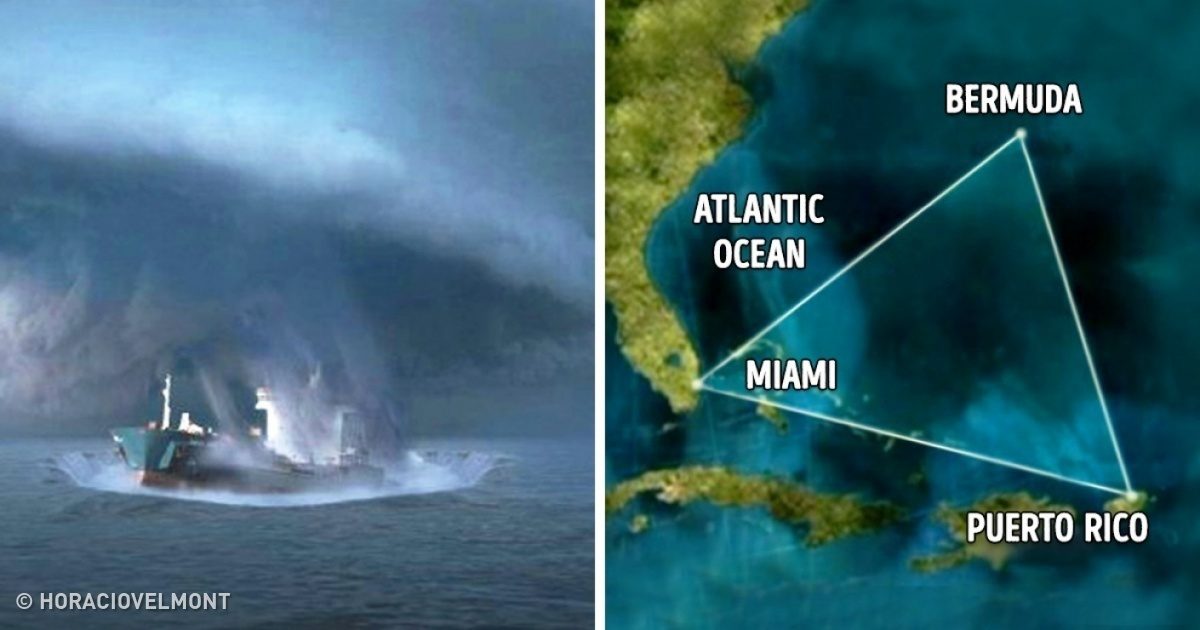Hi all, Caspian is back!
We had a power cut last night so this post covers the last two days.
Yesterday, after my every day maths and English lessons, I learnt all bout teeth and my facts are as follows.
- Some people say if you have large canines, you are carnivorous.
-
Most people have their wisdom teeth removed.
-
35% of people don’t get their wisdom teeth.
-
Wisdom teeth produce stem cells.
-
In the 18th Century, the toothbrush was an actual stick with bristles attached to it.
-
Issac Newton’s tooth was sold for £35,000.00.
-
The enamel is harder than bone.
-
The way you chew depends on if you are a leftie or a rightie.
-
Women smile 62x a day.
-
Men only smile 8x times a day.
-
Issac Newton’s tooth was set on a ring.
-
In World War Two, Nazi’s removed gold teeth from the Jews.
-
Evolved from Prehistoric birds, crocodile birds get their meals from a crocodile’s leftovers. The birds are too quick to get snapped up by the crocodiles.
-
The best fact of all, snails have 25,000 teeth!!!!!!!
Today, I wrote a message for my clansfolk, using my Wolfox symbolic language.
Then we went on a walk to collect some natural finds so we could create some nature art. It was really good to get some fresh air and we waved at some of our friends who were in the next field.
To create my piece of natural art, I used ivy leaves, harebells, sticks, barley seeds, forget me not and a piece of diorite (a white/black stone, found in large or small numbers). My picture portrays the life around planet Earth. The core of the Earth is the diorite, the ivy forms the Earth’s crust, and all the offshoots form the natural landscape on a global scale.
That’s all folks!
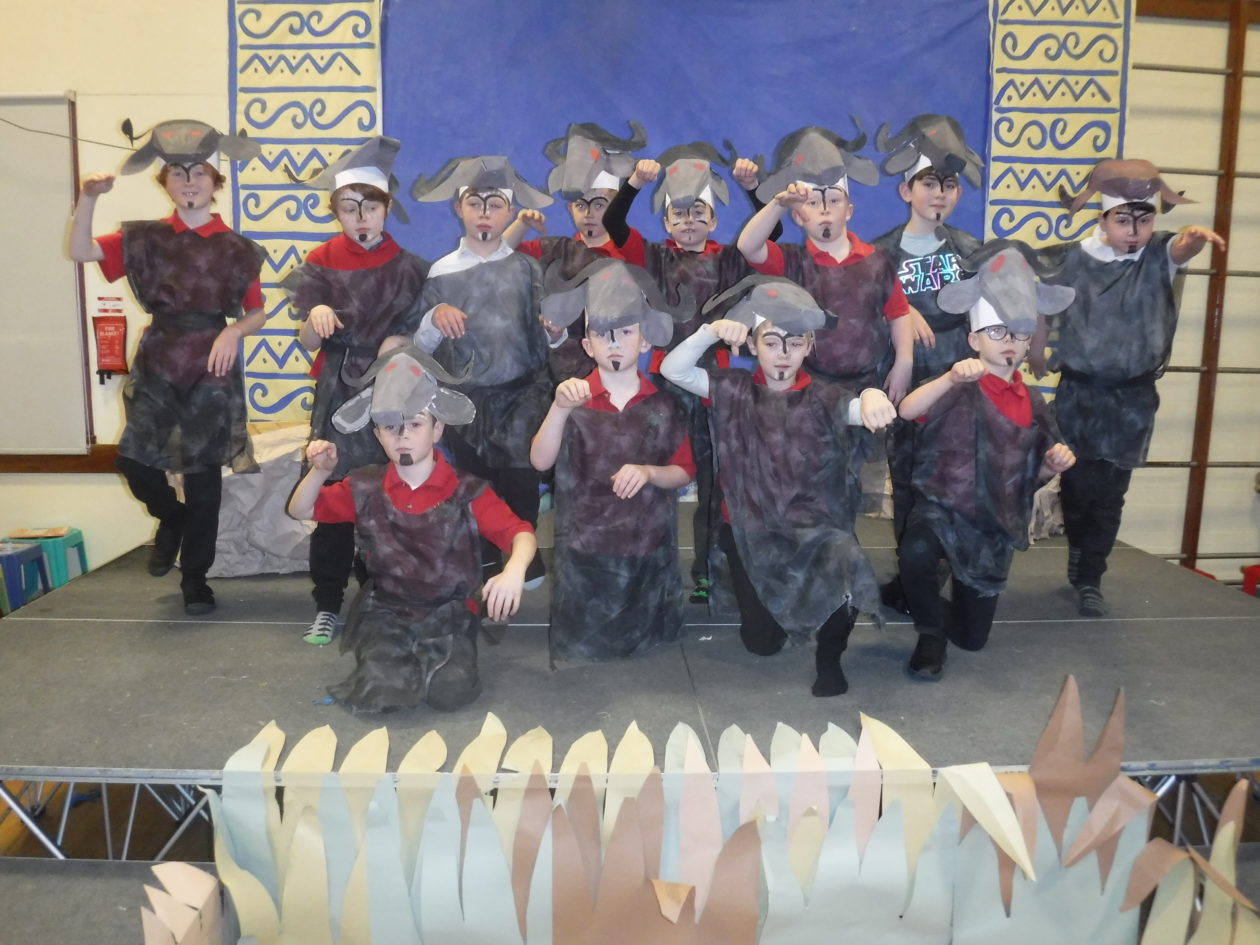
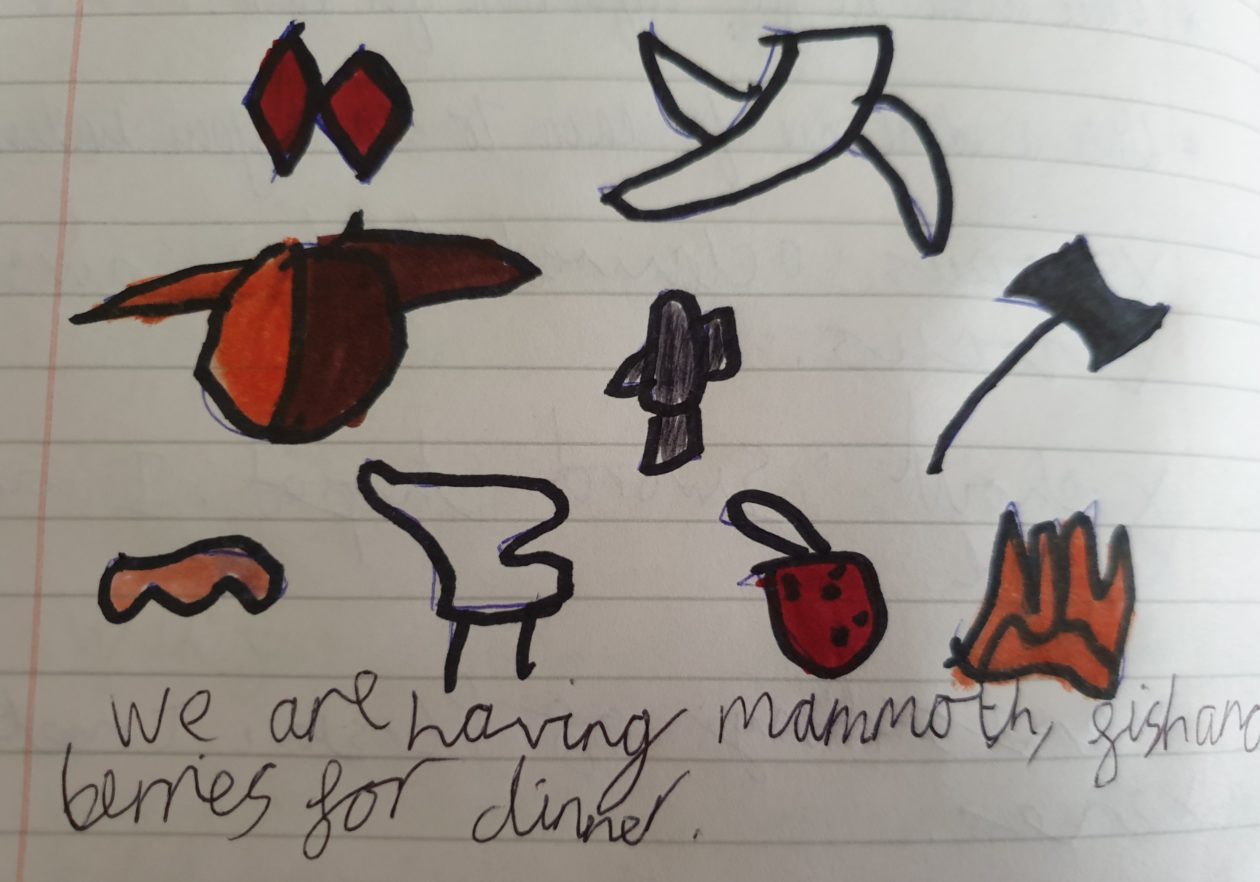
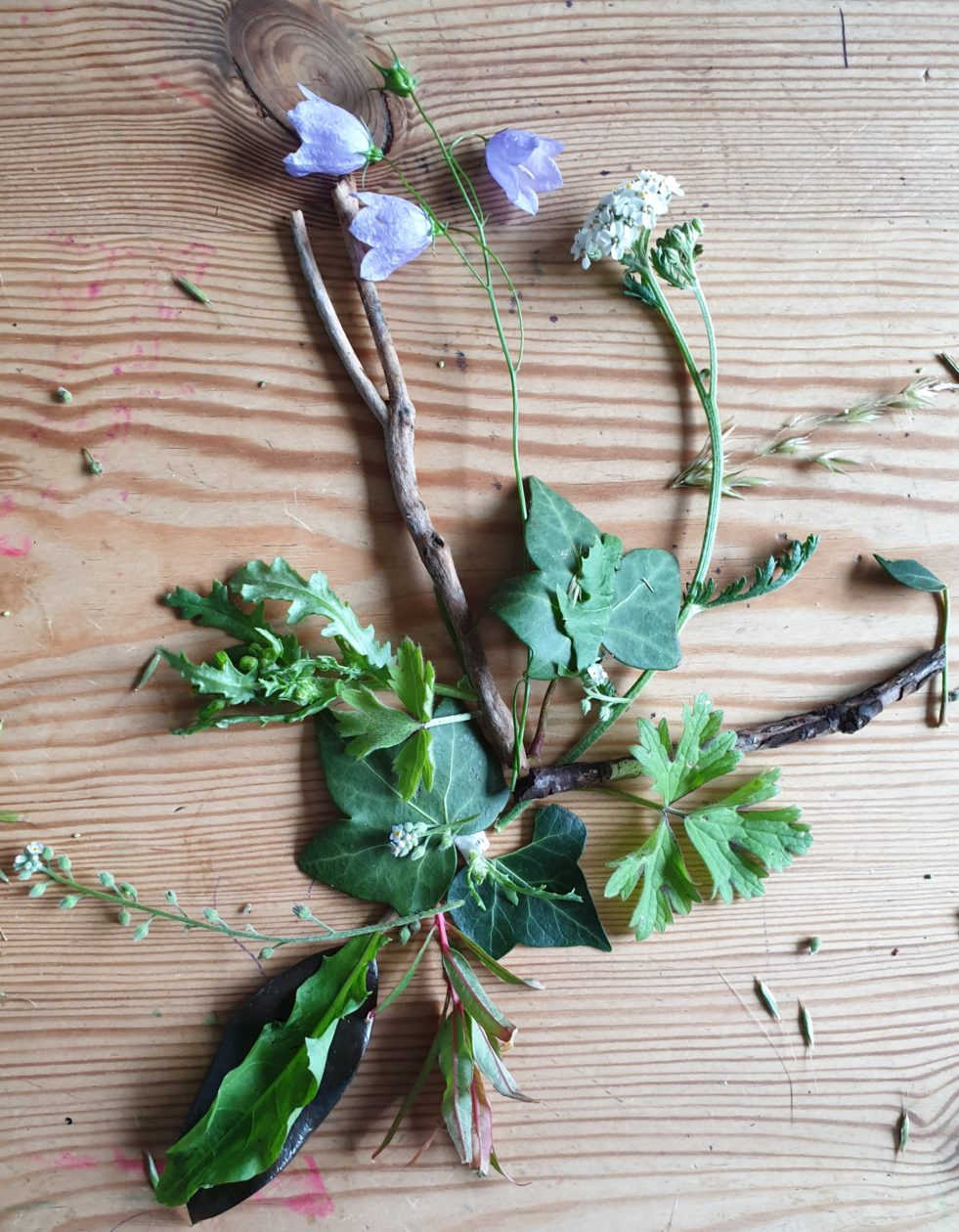
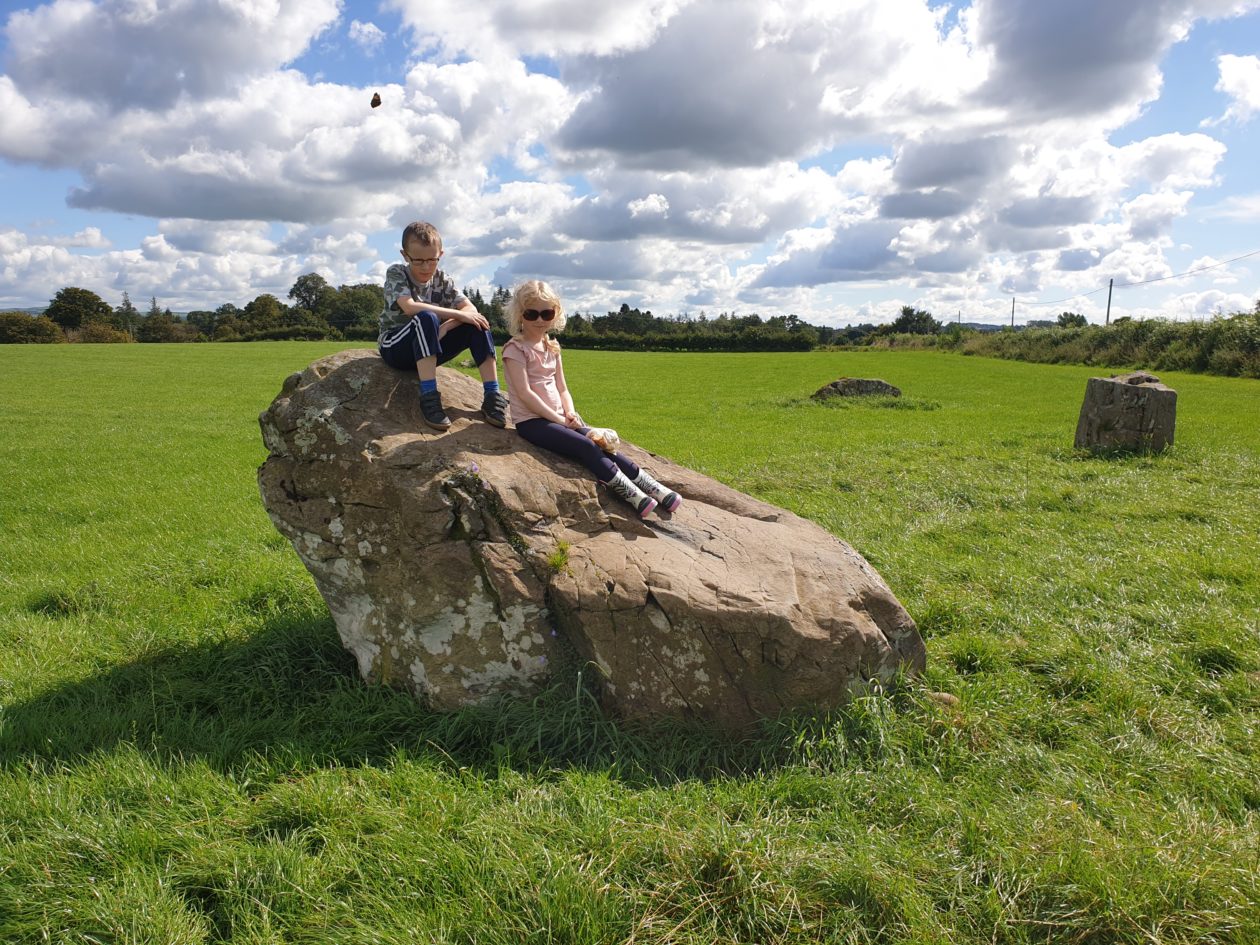


 Hi all, Caspian is back!
Hi all, Caspian is back!
